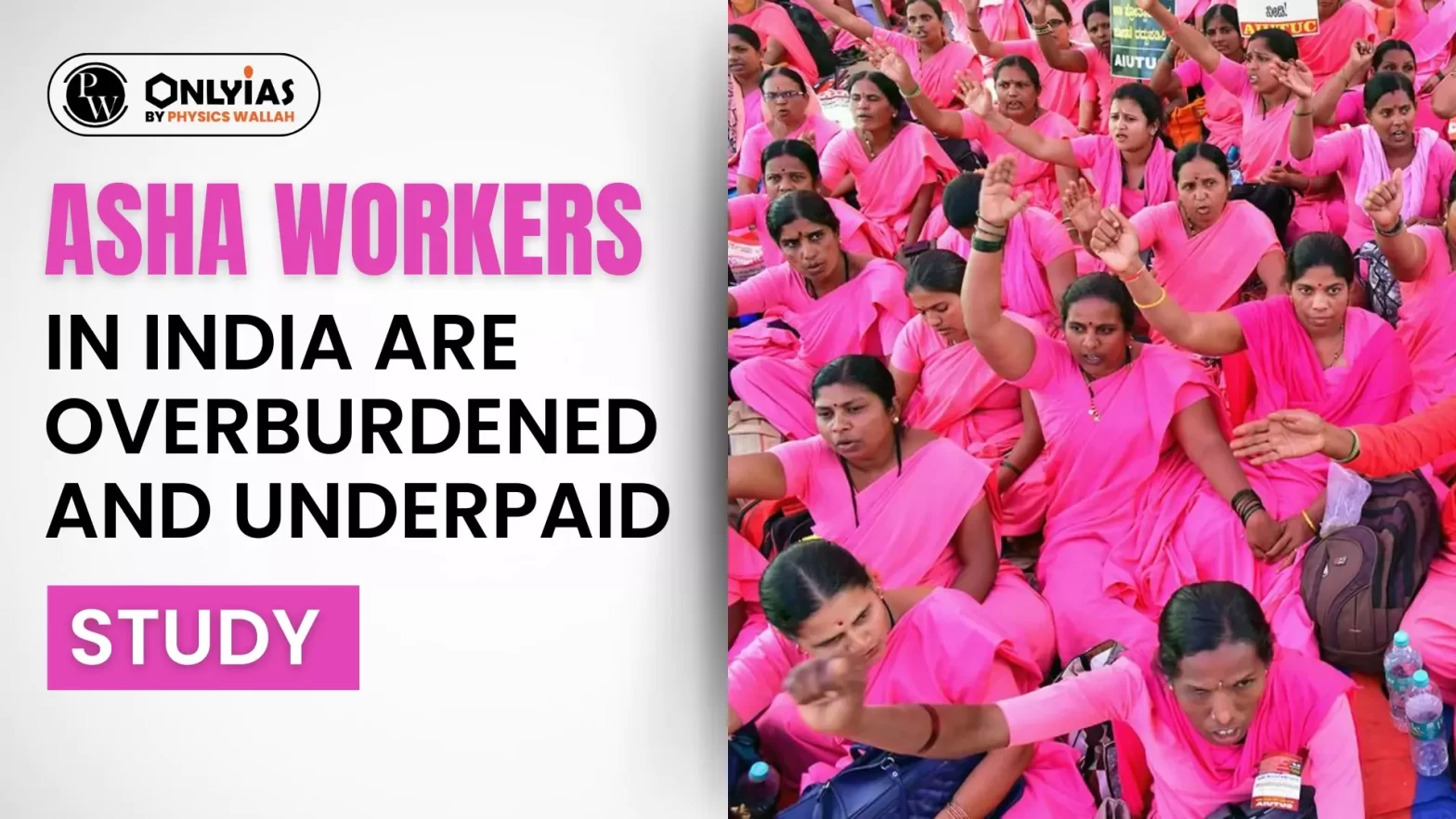![]() 23 Feb 2024
23 Feb 2024

This article is based on the news “The women of ASHA: overworked, underpaid and on the edge of breakdown” which was published in the Hindu. A recent study investigating the life of ASHA workers brought out the despicable situation of ASHA workers being overworked, underpaid and on the edge of breakdown.
| Relevancy for Prelims: Health, Integrated Child Development Services Scheme, National Digital Health Mission, and Role Of Government In Health.
Relevancy for Mains: Roles and Responsibilities of ASHA Workers in India. |
|---|
About Anganwadi Workers (ANWs) and ANM Workers (Auxiliary Nurse Midwife):
|
|---|
Measure to Improve Condition of ASHA Workers
|
|---|
| Must Read | |
| NCERT Notes For UPSC | UPSC Daily Current Affairs |
| UPSC Blogs | UPSC Daily Editorials |
| Daily Current Affairs Quiz | Daily Main Answer Writing |
| UPSC Mains Previous Year Papers | UPSC Test Series 2024 |
<div class="new-fform">
</div>